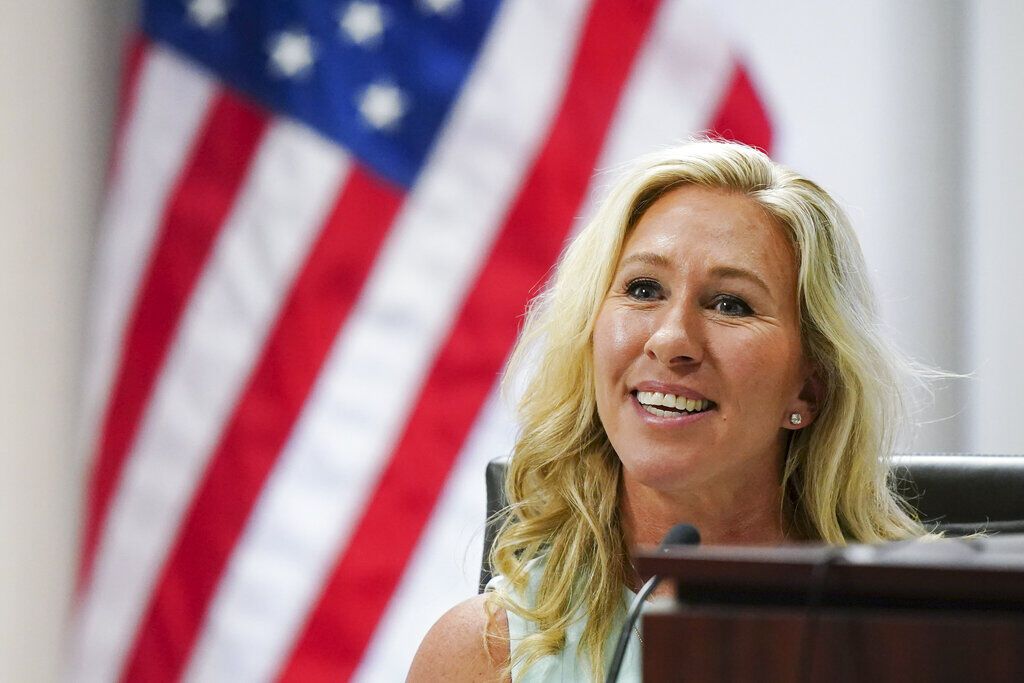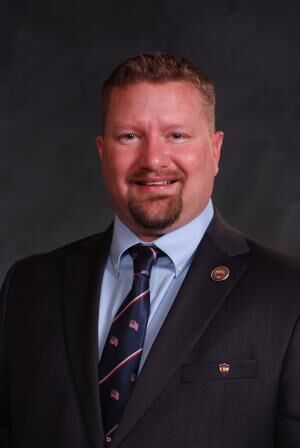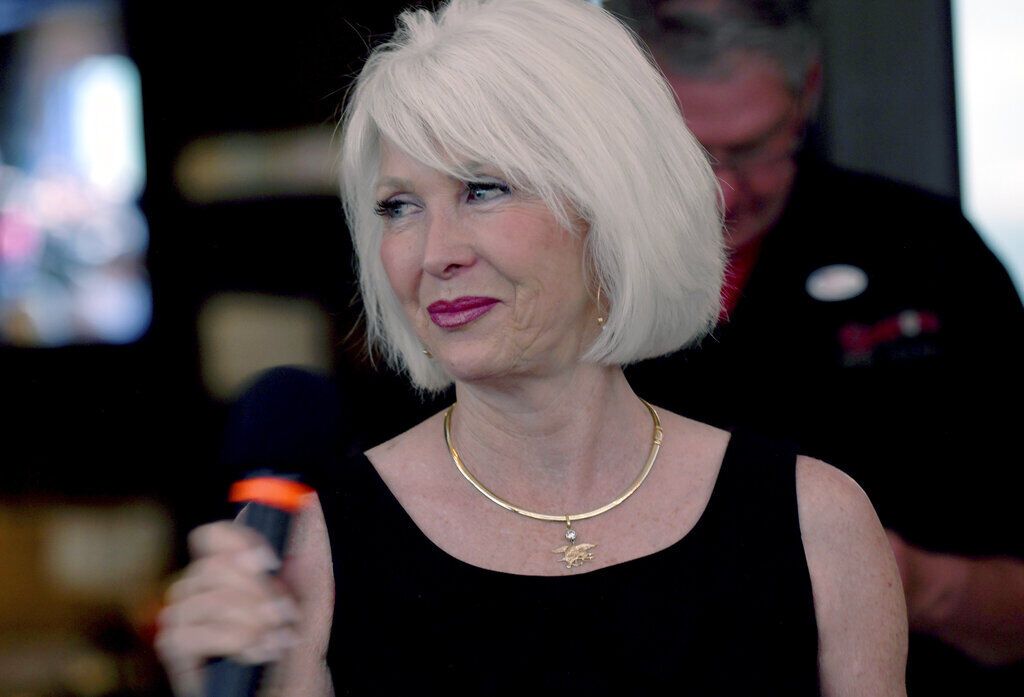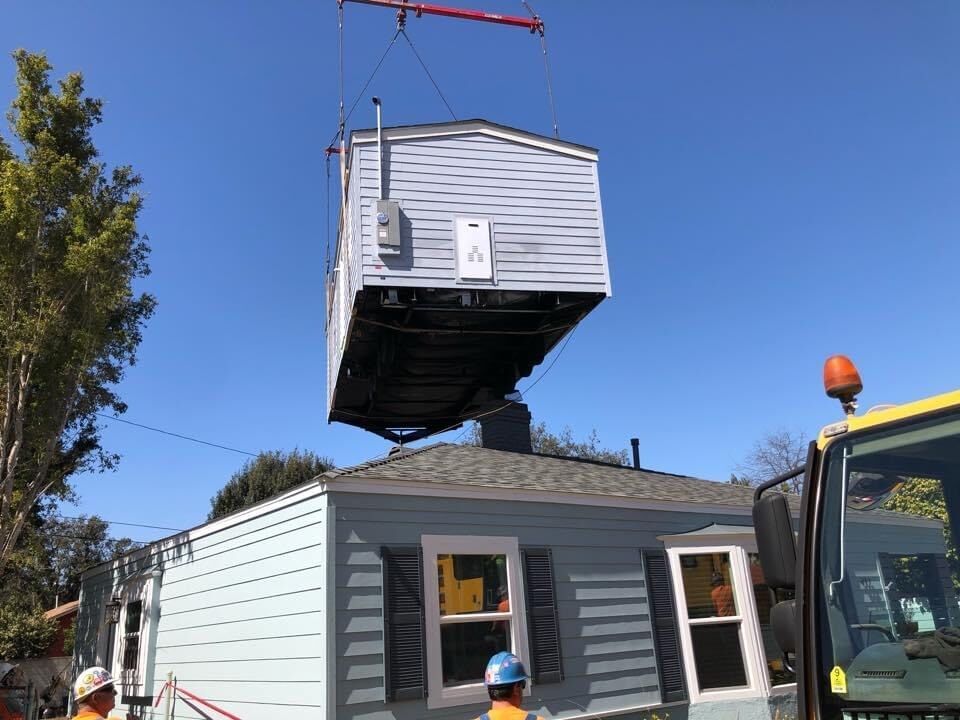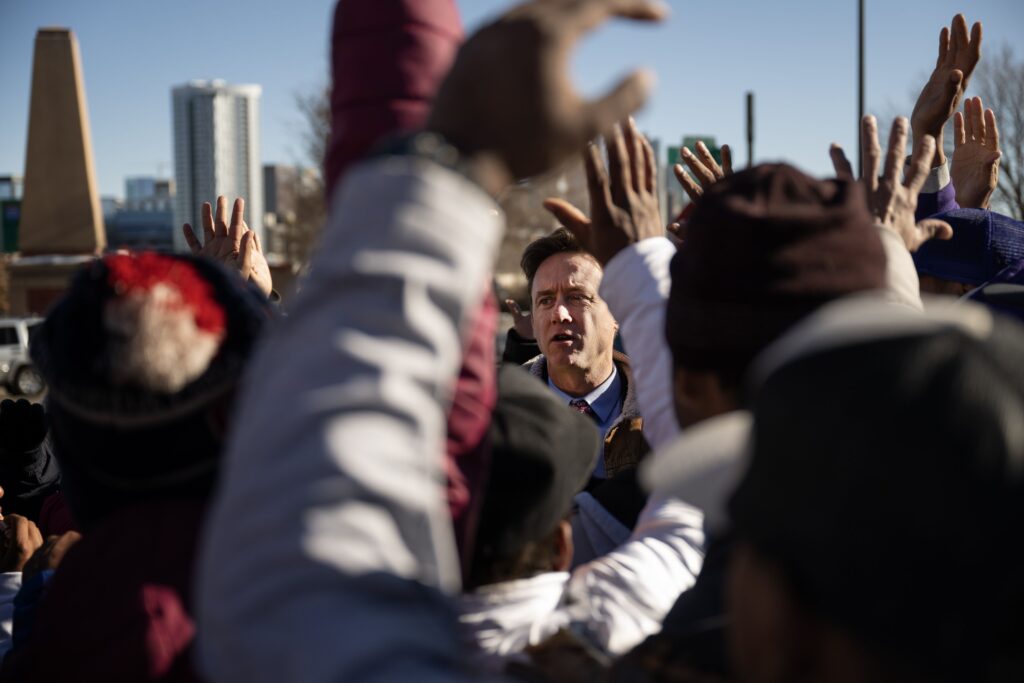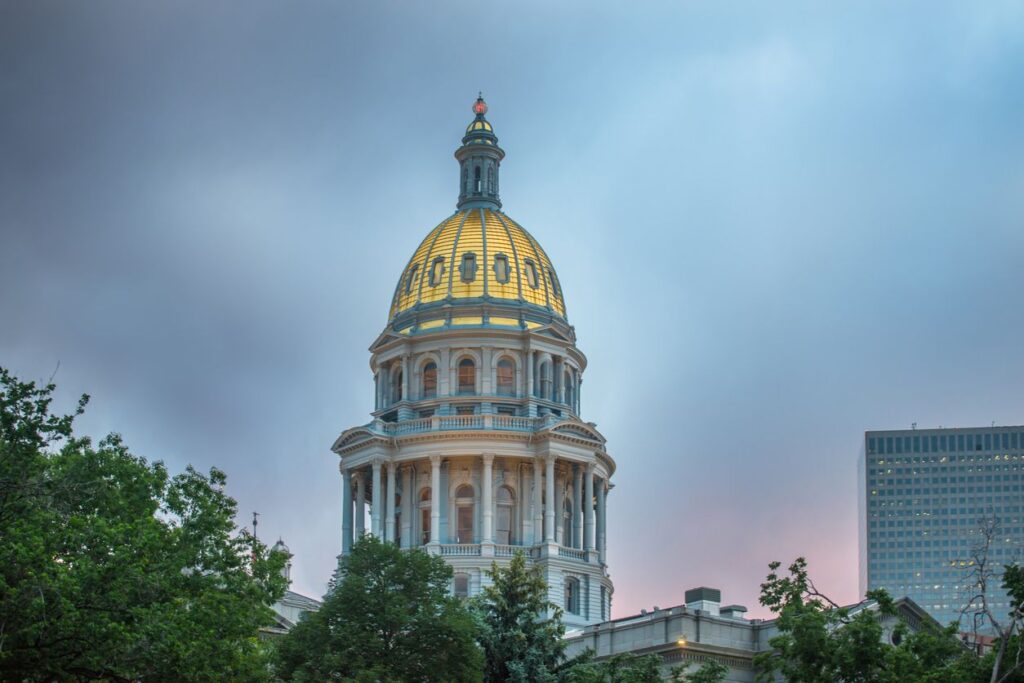Former Sen. Giron an eyewitness to events at Standing Rock
Former state Sen. Angela Giron was saying her goodbyes Sunday night to begin the drive back to Pueblo. She drove up to the Standing Rock Reservation to support a friend who’s involved with the protests against the Dakota Access Pipeline.
From the camp of tents, she walked down the road to where volunteers were clearing a barricade on a bridge north of their Oceti Sakowin Water Protector Camp, where hundreds of protesters sleep in tents in the sub-freezing nights.
Giron was near the back, blinded by the law enforcement flood lights, when the water hoses, tear gas and rubber bullets began to fly.
She escaped injury, but 143 others were treated by medics for injuries and hypothermia.
She was “shocked” afterwards when Morton County Sheriff Kyle Kirchmeier and Manden Police Chief Jason Ziegler said at a news conference that the protesters were the aggressors and the ones who started fires. Giron saw tear gas canisters start the fires, which protesters put out. Law enforcement said they didn’t intentionally target protesters with their fire hoses, but Giron saw it differently.
“I’ve never been involved in that kind of direct action before,” she said sitting at her dining room table at home in Pueblo Tuesday. “I’ve gone out and done things, but not at this level. I like to think people in charge tell the truth. I was shocked that they said we started the fires. I was right there…they said they were only spraying water to put out the fires, but they were spraying everywhere when you have that many people injured.”
The $3.7 billion pipeline would carry crude oil across the Missouri River north of the Sioux reservation, an environmental risk that’s been the catalyst for the protests since May.
State Rep. Joe Salazar, a Democrat from Thornton, was leaving for Standing Rock Wednesday to spend Thanksgiving with protesters. Salazar, a civil rights lawyer and a possible candidate for governor in two years, http://coloradopolitics.com/uncategorized/white-house-loss-complicates-things-for-leading-colorado-democrats/ has carried unsuccessful legislation to ban offensive American Indian mascots and change Columbus Day in Colorado to Indigenous Peoples Day.
“This is the quintessential issue of our day-in terms of the environment and water, and in terms of how industry bullies people,” he said before leaving.
Giron wrote a two-page essay for friends and political allies about the experience. In it, she said:
Last Friday, I traveled to North Dakota to the Sacred Stone Camps with the intention of checking in on my friend and helping to ensure he was properly winterized. My husband spent a winter organizing in North Dakota in the 1970s and I’ve heard many stories about the -47 degree winters and white-out blizzard conditions. We spent our time learning about my friend’s life there at the camps, assessing the infrastructure, and getting him the last few items that would allow him to survive the winter and continue the work of resisting DAPL. After we said our goodbyes early Sunday evening, it was almost an afterthought to go see the blockade that had prevented us easier access to the camps and required a detour that added an hour each time we traveled to and from Bismarck. It was out of curiosity that I walked down the main road (Highway 1806) and walked a couple hundred yards toward the blockade. We saw a small group of Native men with a semi-truck.
Their aim was to remove burnt vehicles the police had chained to concrete barriers to block traffic on Highway 1806. As part of their preparation for winter, they wanted to begin clearing the road and improve access to the camp for emergency services.
I wasn’t expecting what came next. As the semi pulled one vehicle from the chained wreckage and several people were praying and smudging the drivers, truckloads of police and what appeared to be private security poured in dressed in full riot gear, helmets, and large shields. Canisters of what I later experienced as tear gas were being shot across the bridge as water protectors poured out from the camp, chanting “Water is Life,” praying, chanting, and saging.
We learned earlier in our trip that the Lakota tribe has daily non-violence training in the camps and all people staying in the camps were required to be trained in nonviolent tactics.


